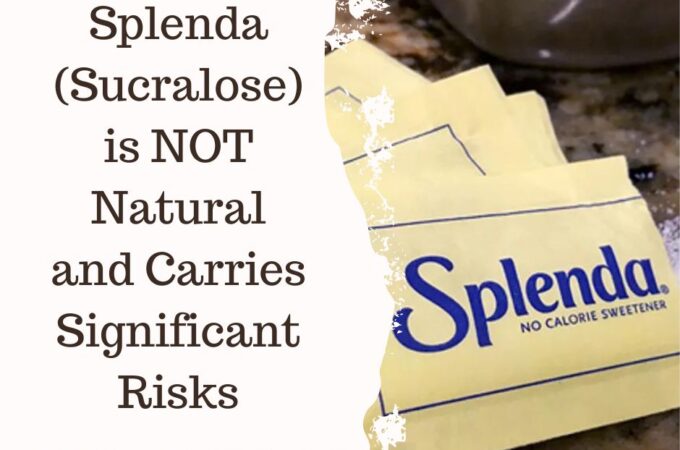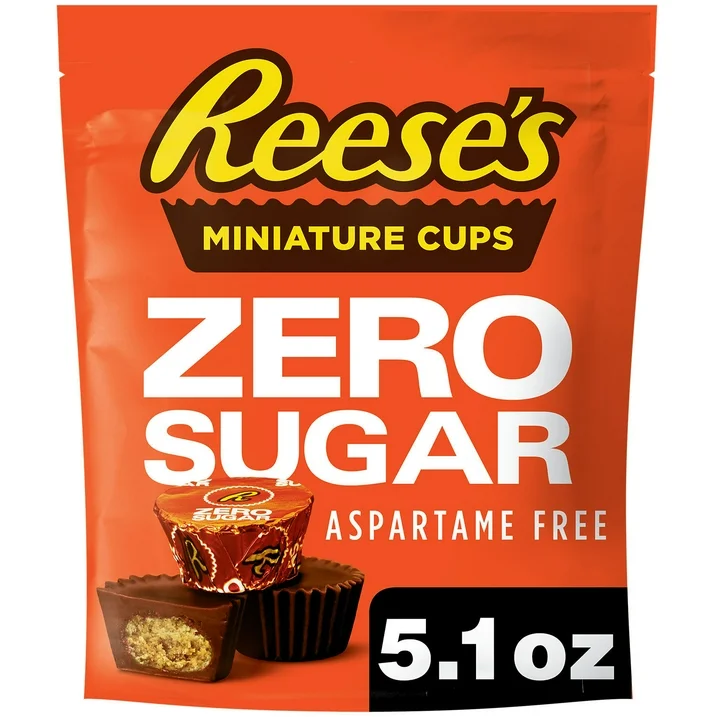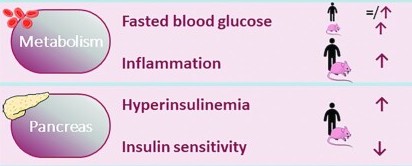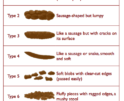
Splenda (Sucralose) is NOT Natural and Carries Significant Risks
Sucralose is an artificial sweetener discovered in 1976 and sold under the brand name Splenda.
The American Diabetes Association promotes the use of Sucralose (Splenda) even though studies are mounting that show significant risks of using this chemical.
Researchers found that eating sucralose results in the body producing a substance called sucralose-6-acetate, which the new study now shows is genotoxic—it damages DNA.
“It’s time to revisit the safety and regulatory status of sucralose because the evidence is mounting that it carries significant risks. If nothing else, I encourage people to avoid products containing sucralose,” said researcher Susan Schiffman, PhD, adjunct professor of biomedical engineering at North Carolina State University, in a statement. “It’s something you should not be eating.”
The chemical name for sucralose is 1,6-dichloro-1,6-dideoxy-b-D-fructofuranosyl 4-chloro-4-deoxy-a-D-galactopyranoside
The Sucralose website doesn’t even claim that it is natural:
“Sucralose is not a natural product – it is not found in nature. Although sucralose is made from sugar, the sugar molecule is chemically modified to make sucralose which is classed as an artificial sweetener.”
1,6-dichloro-1,6-dideoxy-b-D-fructofuranosyl 4-chloro-4-deoxy-a-D-galactopyranoside
- Do you really think that the human body was created to metabolize this?
- Do you really think the cells of your body magically disregard this molecule and that it is harmlessly whisked out of the body with nary a calorie?
- It is 600 times sweeter than sugar and it is going to cause problems. Your brain is very smart, when the tongue tastes ‘sweet’ it gears up to deal with sweet.
Do you have the symptoms associated with Sucralose? Keep reading below.
Sucralose is the active ingredient in Splenda, but Splenda has other ingredients.
- Yellow packet Splenda: Dextrose, Maltodextrin, Sucralose
- Splenda Sugar Blend: Sugar, Sucralose
- Splenda Liquid: Water, Sucralose, Malic Acid, and two preservatives, Sodium Benzoate, Potassium Sorbate
- Splenda has carbs and calories.
Splenda’s Corn Ingredients
Dextrose. Maltodextrin. Sugar. Probably sourced from genetically modified ingredients.
“The corn-derived ingredients in Splenda Original packets and granulated pouches come from the starch fraction of corn … we can’t guarantee that there are not traces of protein residue in our products.” [source]
Read Labels – WATCH OUT for “Sugar-Free” and “Zero Sugar”
Symptoms associated with artificial sweeteners
Dr. Joseph Mercola has a book called Sweet Deception- Why Splenda, NutraSweet, and the FDA May Be Hazardous to Your Health. If you like artificial sweeteners, pick up a copy of this book soon. It is hard to overlook the laundry list of symptoms that people experience with Splenda.
- anxiety
- GI problems
- acid reflux
- hair loss
- weight gain
- loss of libido
There are studies showing that sucralose also:
- Increases fasting blood glucose and insulin
- Reduces insulin sensitivity
- Increases inflammation
American Diabetes Association takes sponsor money from Splenda – yet Splenda causes higher glucose and insulin levels.
“As a proud sponsor of the American Diabetes Association’s® Diabetes Food Hub®, Splenda® offers a variety of recipes from appetizers and entrees to drinks and desserts.”
Sucralose and Cardiometabolic Health: Current Understanding from Receptors to Clinical Investigations [study]
Several studies show that sucralose induces higher glucose and insulin levels. Four studies have shown a significant reduction in insulin sensitivity after sucralose exposure.
Splenda alters the gut microbiome and causes leaky gut
Schiffman et al., in 2019 stated that sucralose can unequivocally and irrefutably alter the gut microbiome at those levels approved by regulatory agencies, associated with human use. [source]
“Other studies have found that sucralose can adversely affect gut health, so we wanted to see what might be happening there,” Schiffman says. “When we exposed sucralose and sucralose-6-acetate to gut epithelial tissues – the tissue that lines your gut wall – we found that both chemicals cause ‘leaky gut.’ Basically, they make the wall of the gut more permeable. The chemicals damage the ‘tight junctions,’ or interfaces, where cells in the gut wall connect to each other.
“A leaky gut is problematic, because it means that things that would normally be flushed out of the body in feces are instead leaking out of the gut and being absorbed into the bloodstream.” [source]
The Process for Making Splenda.
Dr. Janet Starr Hull outlines the process for making Splenda below.
I don’t think you are interested in knowing this, but I have to share it for the shock value….and they call this GRAS (generally recognized as safe)?
“According to the Splenda International Patent A23L001-236 and PEP Review #90-1-4 (July 1991), sucralose is synthesized by a five-step process.
Dr. Hull shared the Recipe for Splenda:
- 1. Sucrose is tritylated with trityl chloride in the presence of dimethylformamide and 4-methylmorpholine, and the tritylated sucrose is then acetylated with acetic anhydride.
- 2. The resulting sucrose molecule TRISPA is chlorinated with hydrogen chlorine in the presence of tolulene.
- 3. The resulting 4-PAS is heated in the presence of methyl isobutyl ketone and acetic acid.
- 4. The resulting 6-PAS is chlorinated with thionyl chloride in the presence of toluene and benzyltriethylammonium chloride.
- 5. The resulting TOSPA is treated with methanol in the presence of sodium methoxide to produce sucralose.
Here is the list of the 18 chemical ingredients used to insert the chlorine into the sugar molecule, to supposedly hold it in place so it doesn’t break free inside of your body.”
- Acetone
- Acetic acid
- Acetyl alcohol
- Acetic anhydride
- Ammonium chloride
- Benzene
- Chlorinated sulfates
- Ethyl alcohol
- Isobutyl ketones
- Formaldehyde
- Hydrogen chloride
- Lithium chloride
- Methanol
- Sodium methoxide
- Sulfuryl chloride
- Trityl chloride
- Toluene
- Thionyl chloride
Get Better Wellness is reader supported. This post may contain affiliate links, which means that I may receive a small commission when you buy from links on this site. This is at no cost to you
Recommended
-
Potassium Iodide and Nuclear War or Nuclear AccidentApril 23rd, 2024
-
Natural Remedies for ConstipationApril 23rd, 2024
-
Magnesium Deficiency Triggers 22 ConditionsApril 22nd, 2024
-
Four reasons that you need about eight hours of sleepApril 21st, 2024
-
Depression and NutritionApril 20th, 2024












